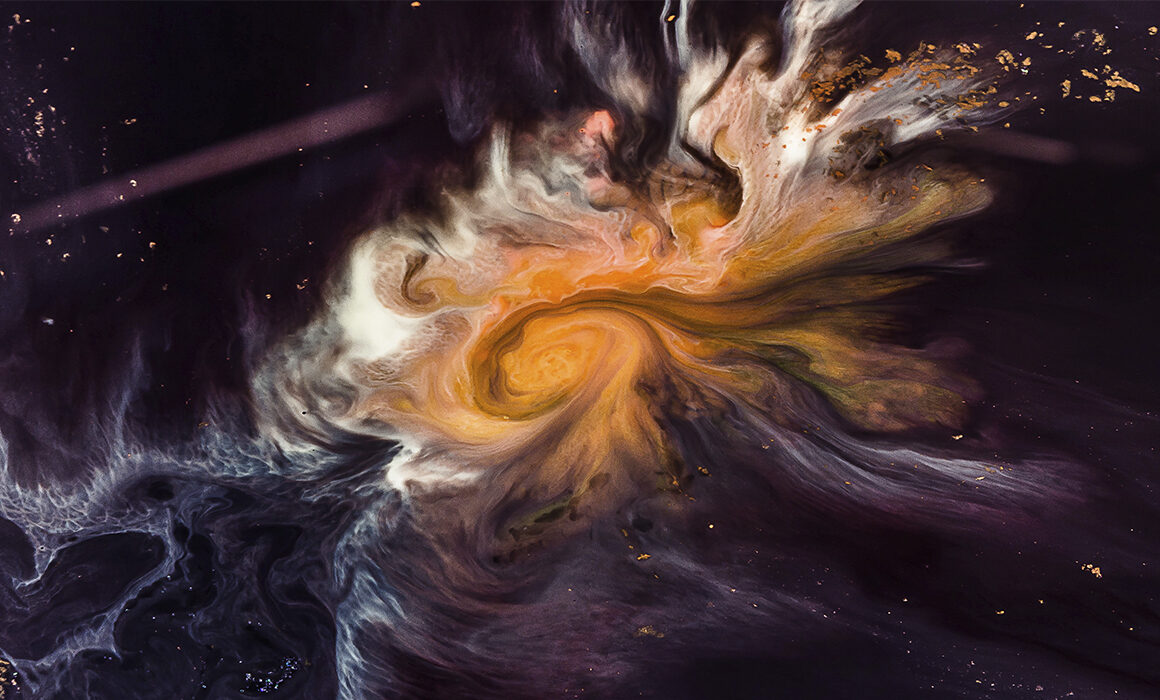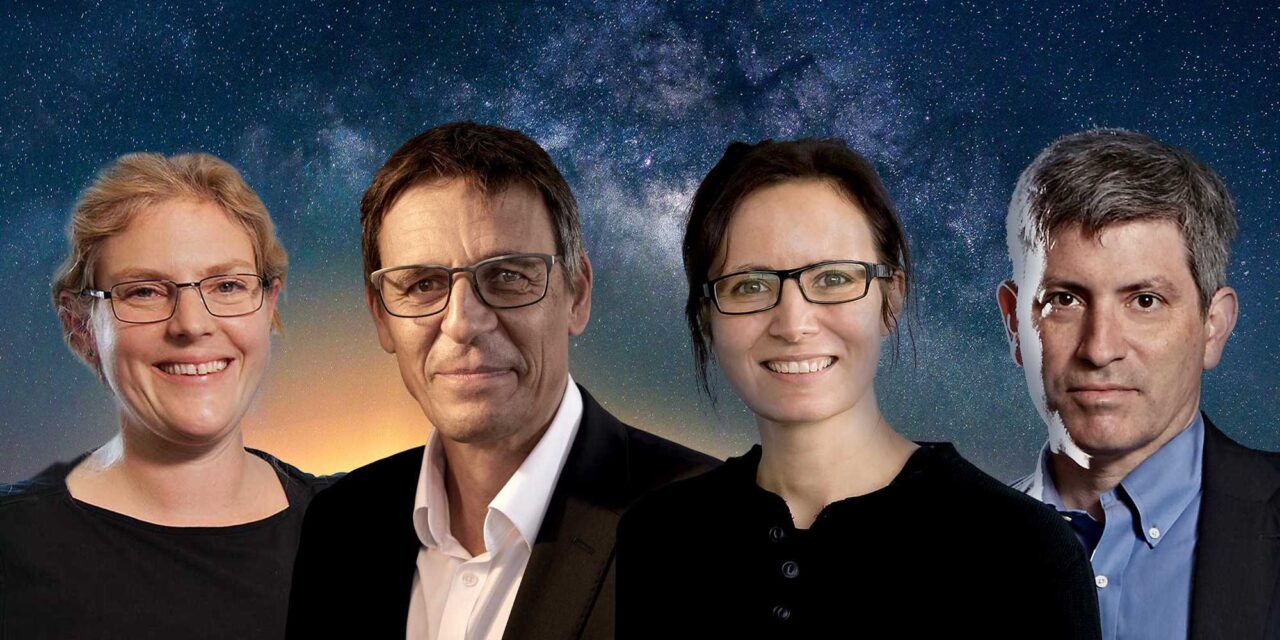
Прочитайте этот материал на русском.
For thousands of years, humanity and science have contemplated the origins of life in the Universe. While today’s scientists are well-equipped with innovative technologies, humanity has a long way to go before we fully understand the fundamental aspects of what life is and how it forms.
“We are living in an extraordinary moment in history,” says Didier Queloz, who directs ETH Zurich’s Centre for Origin and Prevalence of Life and the Leverhulme Centre for Life in the Universe at Cambridge . While still a doctoral student Queloz was the first to discover an exoplanet – a planet orbiting a solar-type star outside of our solar system. A discovery for which he would later receive a Nobel Prize in physics. Within a generation, scientists have now discovered more than 5,000 exoplanets and predict the potential existence of trillions more in the Milky Way galaxy alone. Each discovery inspires more questions than answers about how and why life emerged on Earth and whether it exists elsewhere in the universe. Technological advancements, such as the James Webb Space Telescope and interplanetary missions to Mars, accelerate access to an overwhelming volume of new observations and data, such that it will take the convergence of a multidisciplinary network to understand the emergence of life in the universe.
Joining forces with chemist and fellow Nobel Laureate, Jack Szostak and astronomer, Dimitar Sasselov, Didier Queloz announced the founding of a new “Origins Federation” during his session at the annual meeting of the American Association for the Advancement of Science (AAAS). While a fictional interstellar federation might immediately spring to mind, this international alliance brings together the expertise of researchers working in the origins of life centers and initiatives at ETH Zurich, University of Cambridge, Harvard University and The University of Chicago.
Together, scientists will explore the chemical and physical processes of living organisms and environmental conditions hospitable to supporting life on other planets. “The Origin Federation,” Queloz commented, “builds upon a long-standing collegial relationship strengthened through a shared collaboration in a recently completed project with the Simons Foundation.”

Such collaborations support the work of researchers like Zoology professor, Emily Mitchell who works with Queloz in Cambridge’s Leverhulme Centre for Life in the Universe. Mitchell is an ecological time traveler. She uses field-based laser-scanning and statistical mathematical ecology on 580-million-year-old fossils of deep-sea organisms to determine the driving factors that influence the macro-evolutionary patterns of life on Earth. Speaking during ETH Zurich’s Origins of Life session at the AAAS, Mitchell took participants back in time to 4-billion years ago when Earth’s early atmosphere – devoid of oxygen and steeped in methane – showed its first signs of microbial life. She spoke about how life survives in extreme environments and then evolves offering potential Astro-biological insights into the origins of life elsewhere in the universe.
“As we begin to investigate other planets, through the Mars missions,” Mitchell says, “biosignatures could reveal whether or not the origin of life itself and its evolution on Earth is just a happy accident or part of the fundamental nature of the universe, with all its biological and ecological complexities.”
While complex biological cells are not yet fully understood, synthetic cells allow biochemists, like Kate Adamala, University of Minnesota’s Protobiology Lab to deconstruct complex systems into simpler parts. Parts that allow scientists to understand the basic principles of life and evolution not only on Earth, but elsewhere in the solar system.
Adamala launched her quest to build life from scratch as a graduate student at Harvard working with Nobel Laureate, Jack Szostak. She endeavors to create simple, cell-like bioreactors resembling the earliest forms of life by applying the principles of engineering to biology. During the AAAS, Adamala explained how synthetic cells allow scientists to study the past, present, and future of life in the universe. Unlike biological cells, it is possible to digitalize synthetic cells and transmit them across vast distances to create, for example, on demand medication or vaccines – an “Astro-pharmacy” that could potentially support life on spaceship, or even a future Martian colony. Until such time, synthetic cells offer practical applications for humanity in terms of sustainable energy systems, higher crop yields, and biomedical therapies.
While there not yet a comprehensive definition of life, the quest to discover its origins has inspired enthusiasm, new collaborations, and opened the doors within the scientific community’s most hallowed halls.